‘Governments in Asia and the Pacific should improve their readiness to quickly address periodic health emergencies’
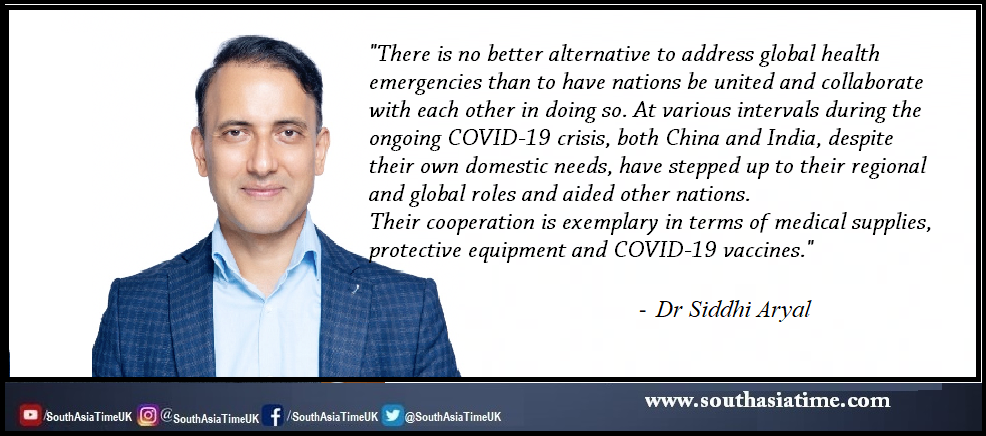
Regional Director for Vital Strategies Asia Pacific, DR. SIDDHI ARYAL, is a public health professional with over 18 years of experience in South and Southeast Asia. Before joining the Vital Strategies, he worked as regional director of the QED group, Malaria Consortium, and Pact’s USAID/REACH program covering HIV and livelihoods support. He holds a Ph.D. in Health Systems from Tulane University and M.Sc. in Health from University College London. He responded to queries of the SOUTH ASIA TIME on the impact of the Covid-19 in the region and related issues. Excerpts of the interview:
How do you see the response of South Asian governments to control the Covid-19 pandemic? What lessons have we learnt?
Afghanistan, Bangladesh, Bhutan, India, Maldives, Nepal, Pakistan and Sri Lanka, the nations of South Asia, all have relatively modest capacities to handle pandemics[1]. Their health systems, although at various stages of development and effectiveness, are still unable to address all of their population health needs. However, despite the initial projections of mass deaths and high casualties owing to their high population density, prevalent socio-economic inequities and inefficient health systems, the region has managed to escape from the worst kind of COVID-19 impact seen elsewhere. Despite that, the region’s COVID-19 response has also laid bare the systemic issues which need to be tackled.
Much is already known about the measures implemented by South Asian nations, such as travel restriction, health checks at ports of entry, preventive quarantine and national lock downs. Instead of going into the details of specific responses by each nation, it will be wise to focus more on the lessons for better handling future pandemics. Overall, the lack of high-level coordination, entirely missing or haphazardly put together national plans and impractical guidelines impeded the provision of standardized services across the nations. Among other examples, this lack of coordinated approach was most evident in the measures taken by local authorities in providing social services, in designing quarantine and isolation centers, in processing incoming citizens at border facilities and in terms of managing patient flows at hospitals and health centers.
While efforts were made to use technology in reaching out to each and every individual in need of help, in the end, these measures left many a citizen unattended. The long lines of migrant workers walking for days from cities to their homes in villages and the inability of central and provincial governments to take care of their needs was quite daunting. Governments hesitated and struggled to engage private sector effectively, such as in expanding laboratory testing services. For various reasons, not all governments in the region were able to procure the necessary protective equipment and medical supplies for their health personnel and general populations. Some that did do the procurement did so in ways that raised concerns of corruption even during the times of national health emergency.
Individual nations reached out to others in setting up emergency funds, such as India, in taking the initiative to set up the COVID-19 regional fund in March 2020. The handling of this pandemic has also shown how ineffective the regional cooperation mechanisms have been rendered due to long unresolved bilateral issues among the members of the South Asian Association for Regional Cooperation (SAARC). Had SAARC been able to function properly and take the lead in planning for management of health emergencies in the region and looking at legal/practical pathways to link regional exchange of people, goods/services, perhaps the situation would have been handled better.
South Asia needs to learn from the COVID-19 pandemic and rapidly fill the socio-economic gap and inequity that incapacitates governments to quickly reach out to vulnerable citizens to provide health and social services. There is also a need to think long-term and improve readiness of the health systems to quickly address periodic health emergencies. Mobilizing existing health care extension workers safely is something nations can learn from one another, as some cities were able to mobilize community health volunteers effectively while others simply talked about it endlessly, without being able to do so.
It is extremely important for governments to address the potential intergenerational impact that this pandemic will have on health of individuals and communities. There are likely to be many layers of impact on account of loss of loved ones, loss of livelihoods and loss of sense of community to name some. Nations able to accommodate the mental health needs of their populations, along with other health and livelihoods priorities from the COVID-19 pandemic experience will be on the right path to address the health and social impact in the long term.
Governments in Asia and Pacific seem to be spending more on expanding their health care services since the Covid-19 hit? But, are these spending value for money? What is your observation?
A public health system is the often-invisible web of protections that help us lead long, productive and healthy lives. It is regulations that keep toxins out of our food and pollutants out of the air we breathe. It is data that informs decisions about health policy, and skilled health workers who can spot an outbreak before it becomes an epidemic. While it is true that nations around Asia Pacific are spending large amounts of money in addressing COVID-19, much of it is going towards addressing the immediate needs of equipment, materials, protective gear, economic respite to individuals and companies etc. No clear picture has emerged as to how these expenses are going to address the need to build up comprehensive health security capacity of each and every country and of the region collectively, as a whole.
The COVID-19 was not the only health emergency nations around the world have faced, the increasing incidence of health security threats around the world and the ongoing COVID-19 pandemic have given ample clues to governments that they need to prepare to address for such events in an ongoing manner. As such, the ability of countries to think ahead and mobilize health service providers, planners and communities in advance for effective prevention and response is going to be a key determinant for effectively addressing future threats. The role of organizations such as Vital Strategies in helping governments acquire the knowledge and tools they need to on the one hand make rapid progress against cancer, heart disease, obesity, epidemic diseases, drug overdose, road crashes and other leading causes of disease, injury and death as well as on the other hand to think of the long term priorities to address health security and pandemics is absolutely critical in the days to come.
In my view, it is extremely important not to forget the lessons of COVID-19, and efforts needs to be made by every nation to document their approaches, listing their success and failures. These need to be continuously shared through formal and informal platforms with elected representatives, planners, administrators and health service providers to ensure that the same mistakes that were made by not learning from previous health emergencies will not be repeated anymore.
In order for the health sector investments to generate longer term value for money, governments need to engage in longer-term planning and engage multisectoral actors in that process. It is only by engaging a wide range of stakeholders from the discussion and planning phase that strengthened capacities to handle health emergencies can be sustained over the long term. There are several examples of nations effectively using the “whole-of-government” approach such as Singapore and effectively mobilizing technology across multiple sectors such as China. There are other examples of nations thinking beyond their own needs and supporting the needs of other developing countries, as India and China, themselves developing nations, by providing the much- needed COVID-19 vaccines to countries far and wide to inoculate frontline workers and the most vulnerable. These approaches showcasing collaboration are good for the world to see and learn from. In my observation, spending resources now to develop regional plans that improve efficiency of Asia Pacific’s health systems, train health workforce continuously, facilitate the increased sharing of vital health information, support governments in their drive for digital health and increase cross border disease surveillance are going to prove as good investments, providing timely returns.
In countries like Nepal, incidences of new Covid-19 transmission seem to be on the declining trend? Can we afford to be complacent?
Since the first case was reported on 23 January 2020, Nepal saw a steady increase in case incidence throughout last year. Most of the reported cases are from Bagmati province. Following the end of the first lock-down and an increase in mobility of people, driven largely by returning citizens from India and overseas citizens going back to their hometowns and villages, Nepal saw the second surge in COVID-19 cases in July 2020 which continued until it peaked in October 2020. The currently experienced downward trend may not tell us the full picture, as there has been a significant reduction in the number of tests being administered compared to the number of tests during the peak of the second wave in October, 2020[2]. Weekly new cases are showing a decreasing trend every week since December 2020. Reported number of deaths are also getting fewer week-on-week along with a decreasing trend in test positivity rate. On top, with COVID-19 vaccines being administered to frontline health workers and prioritized populations, people are beginning to show signs of complacency and are increasingly getting careless in taking preventive measures.
Public health experts and doctors are cautiously reminding Nepalis that the country may not have seen the worst of COVID-19’s impact yet and that they need to exercise caution given it will take a long time to vaccinate majority of the population. However, as the nation has been dragged into a national crisis by ruling party political feud, large masses of people from across the nation are being mobilized to take part in protests, almost always without social distance, hand hygiene and mask protocols. Given that financial resources are severely lacking and there is no comprehensive plan to control potential spread of COVID-19, this irresponsible behavior with each feuding side showing their “strength” with planned protest gatherings involving movement of people across cities is a recipe for disaster.

If evidence from around the world is to be believed, COVID-19 is certainly not to be taken lightly, given the virus being highly infectious and its ability to jump right back the very moment complacency seeps in with individuals foregoing protective control measures. As Nepal and India are both seeing political demonstrations surge, if people continue to congregate in large numbers, ignoring masks, not caring for hand hygiene and not maintaining social distance, this region could slip back into the chaos of another COVID-19 wave again.
On the other hand, if people and governments are cautious, and there are significant numbers of people who have recovered from COVID-19, likely with some immunity, along with the protective cover that currently administered vaccines will eventually provide to additional uninfected people, there is a possibility that this region could successfully break the transmission chain. It is certain that COVID-19 will only disappear gradually and the more we let complacency set in and stop following the known effective protocols (masks, social distance and hand hygiene), the more we will let the virus continue to ravage our communities.
India has emerged as a powerhouse in manufacturing vaccines against the Covid-19 while China seems to be trying to close the gap? Do you see any possibility of cooperation between these two Asian giants?
There is no better alternative to address global health emergencies than to have nations be united and collaborate with each other in doing so. At various intervals during the ongoing COVID-19 crisis, both China and India, despite their own domestic needs, have stepped up to their regional and global roles and aided other nations. Their cooperation is exemplary in terms of medical supplies, protective equipment and COVID-19 vaccines.
In my view, to frame the question as you have done by saying one country may be trying to “close the gap” with another may not be the most helpful way to encourage collaboration and discourage competition at this critical time. The world is witnessing campaigns for COVID-19 vaccination with not-too-distant memories of resourceful nations securing essential medical supplies they needed by all means possible. Even with vaccines, rich and powerful nations were able to secure Pfizer-BioNTech and Moderna manufactured vaccines early on in the process. This led to the build-up of expectation and hope among many nations that India and China, as developing countries themselves, would understand the needs of other developing nations and hence would expedite the production and supply of COVID-19 vaccines to them.
Their expectation is not entire out of place as the Serum Institute, in India, is among the largest manufacturers of vaccines globally. Likewise, China managed to bring COVID-19 under control and continues to be one of the few countries in the world that has managed to keep the pandemic at bay at home. The ability to bring together and combine the strengths of both India and China and jointly look to multiply resources to find solutions for the rest of the world would indeed be ideal. Fortunately, both the nations are part of WHO led COVAX mechanism and committed to play their part in facilitating vaccine as a necessary public good during the time of this pandemic.
Perhaps it is an idealist way of thinking, but in my view, shaping the narrative as one where one country is trying to out-do the other in “vaccine-diplomacy” or in its bid to “gain-influence” is counter-productive and doesn’t really help to advance collaboration and solidarity at this time. World Health Organization, with support of technical public health agencies such as Vital Strategies, should continue to facilitate collaboration from India and China, as well as other nations, in the course of operationalizing the COVAX platform to distribute vaccines with other developing countries.
Reports say rich countries have secured nearly 80 percent of the vaccines that’s being manufactured now. What do you think should be done to ensure that poor, underdeveloped countries are not left behind?

This tweet was triggered by a news report of the United States “snatching 60M France-bound medical masks from tarmac in China.” The picture of a gigantic Antonov 124 with its haul open on tarmac was on my mind for a long time. This was not an isolated incident, nor was it the first or the last instance when those more powerful or more resourceful invariably fend for themselves at times of crises. Hence, COVAX mechanism was launched by the WHO, France and European Commission to guarantee fair, rapid and equitable access to vaccines for people in all countries and this mechanism also accelerated the development and manufacturing of COVID-19 vaccines, diagnostics and treatments.
The COVAX mechanism helped accelerate the development of a variety of vaccine candidates; expanded manufacturing capacity; and accelerated vaccine production, working parallelly with authorities on the licensing process to allow rapid deployment and avoid delays. Given the limited supplies of vaccines in the beginning, criteria were developed to ensure that vaccination programs prioritize key groups, before opening up the distribution to others. According to WHO’s advisory group on immunization, frontline health workers, people over the age of 65 and those with underlying health conditions are considered priority groups.
In the first phase, nations that are members of the COVAX facility access vaccines to immunize their priority groups. Doses are being made available to nations until they cover about 20% of their population. Developing nations, typically with a lower proportion of health care workers compared to developed nations, have been able to safeguard their key health workers due to this important arrangement. While the rich nations with resources and advance order of vaccines have been able to vaccinate larger percentage of their populations, at least this arrangement has ensured strategic safeguards for developing nations with weaker health systems.
After nations vaccinate about 20% of their population, risk assessment will be done by WHO and partners to provide additional vaccines, in case if there is scarcity of vaccines. Assessment criteria will include potential impact of COVID-19 on a given nation using epidemiology and vulnerability. COVAX mechanism also plans to hold a buffer of about 5% of available vaccines for use in emergency situations or on groups outside of national government control.
Would you like to share any success story to control/combat the Covid-19 in the Asia Pacific region. What lessons have we learnt?
I was living in Beijing, China when COVID-19 outbreak started and hence I was able to witness the strategies used by the government in China to control the epidemic at the local level and played my own part in it by using applications and complying with the various responsibilities for residents. From March-June 2020, I was in Kathmandu, Nepal and lived through a nationwide lockdown while dealing with a health emergency for a close family member which allowed me to draw some lessons in terms of factors that worked and those that didn’t. Likewise, I was in Singapore from November 2020 until the end of January 2021 and saw the country go from second to third stage in its COVID-19 response, witnessing the reach of financial resources to citizens and businesses, information access to all citizens, compliance of rules by all, and the relative professionalism with which the government carries out its duties and obligations to the public. These success stories or lessons that I have drawn are from these three nations as well as others, such as Vietnam and Korea, based on my personal observation, experience and reviews.
In my view, a country’s health system is perhaps the single most important factor in its fight against COVID-19. On top of a solid resolve and accountability in the central leadership to do all they can in addressing a pandemic, a well-functioning health system with uninterrupted supply of quality healthcare materials and equipment, adequately trained and resourced health care workers and administrators, and a provision of uninterrupted resources for testing and treating are all vital resources in successfully managing pandemics. I saw firsthand how committed and sincere leadership in China and Singapore were leaving no stones unturned in addressing the needs of their population.
The ability of a government to wake up to a pandemic and address the immediate needs as soon as possible by having an early and informed start determines how successful a country can be in addressing the emergency. We can see that in the case of Singapore and Vietnam. China also managed to contain the pandemic and quickly addressed the initial delays in effectively handling the outbreak. The COVID-19 is still ravaging nations, the US’s unwillingness in encouraging preventive steps and Brazil’s downplaying of COVID-19 risks have resulted in both those nations suffering heavily as we continue to see.
Nepal and India implemented early lock downs, in a panic mode, and while projections show that these extreme steps did have a resulting impact on lowering the incidence, there were also economic and social consequences. There are other countries that used test-trace-quarantine regimen effectively and were able to contain the epidemic. For example, Vietnam used the test-trace-quarantine effectively for a long time and only used lock down in some specific cases. While China used lock down initially and relaxed it later with extended quarantine as a preventive measure.
One of the lasting memories for many people of this pandemic will be the way in which many nations, rich and poor, failed their economically challenged populations. The world will never forget the pictures and videos of migrant workers, carrying their belongings, and walking during nation-wide lock downs with no shoes for many days, along with their families, including small children. This was seen in various nations, including in Nepal and India. The outbreak of the COVID-19 among migrant workers in Singapore was also quite telling of the need to always address equity. The only reason why these things happened is because of the lack of appropriate social protection mechanisms and safety nets. If arrangements were in place to guarantee the protection of income, with dignity, not only would the most vulnerable sections of society would have complied with lock-down requirements but even their employers would not have had to let them part ways. If health care provision was guaranteed for all, with state’s role in ensuring payment mechanisms clearly stated, the crisis that was seen in stalling of health care services would have been avoided. Overall, countries with social protection mechanism such as China, Vietnam and Singapore managed to fare much better compared to others that didn’t.
Finally, a common trait that exists among all the nations that have managed to address the COVID-19 somewhat effectively is their governance system. Whether it is Vietnam, Singapore or China, all three, in my view, have a degree of accountability and responsiveness to their citizens that results in things getting done. Their ability to make the lowest ward or village level units energized and vigilant and hold the officials to account meant that there was a functioning government. Elected representatives in some local government units in Nepal, such as Malarani VDC, also excelled as outliers in their ability to do the initial planning. However, in many countries, higher-level officials “talked” rhetorically but failed to deliver because the governance system in place was mostly dysfunctional. It is this dysfunctional system that prevented appropriate engagement of stakeholders in proper planning. It is this dysfunction that created mistrust among partners and stakeholders. In the end, it is the lack of proper governance that ended up hampering the fight against the COVID-19.
How is Vital Strategies supporting the governments in the Asia Pacific region? What are your priorities at the moment?
Vital Strategies was incorporated in Singapore in 2017 as a regional hub for the Asia Pacific region. A culturally, economically and politically diverse region of 47 countries and territories, Asia Pacific faces a variety of public health challenges as a result of economic activities, population growth and environmental threats. The 4.3 billion people (or 60% of global population) who call the region home are at risk— as tobacco use, air pollution, poor road safety and unhealthy diets contribute to millions of deaths each year.
We develop and implement targeted, evidence-based programs in critical areas such as air pollution, civil registration and vital statistics, data impact, the Partnership for Healthy Cities and road safety from India to Indonesia to the Solomon Islands. With about 18 staff based in Singapore, and more than 50 staff and consultants in the region, our Asia Pacific (APAC) Regional Hub in Singapore is well-positioned to engage as partners with policymakers, administrators, and media and civil society groups in order to build capacity and advance progress—directly impacting the health of millions of people. As has been evidenced by COVID-19, an infectious disease can travel around the globe in just 36 hours, and a severe pandemic could kill millions of people and cost trillions of dollars.
We support the efforts of governments in low- and middle-income countries by enhancing disease tracking systems, strengthening laboratory networks to promptly identify emerging pathogens, developing rapid response teams to investigate and stop outbreaks and training and supporting epidemiologists to track diseases and investigate outbreaks. We also rapidly mobilize resources for priority actions and catalyze political will. Specific to COVID-19, we developed tools and analytical pieces including 22 guidance documents on: establishing alert level systems, safely reopening schools, mask-mandates, measuring and reporting essential COVID-19 indicators, and implementing rapid mortality surveillance programs. Vital leveraged technology to enhance the COVID-19 Response, such as by developing software to enhance jurisdiction’s response to COVID-19. Examples are Epi Viaduct, which processes, cleans and transmits lab data into case management systems; and Epi Locator, that helps contact tracers find information faster.
We value our partnership and look forward to work closely with the governments, local communities and the private sector, among others, to improve the health of our people including in Asia and the Pacific region.






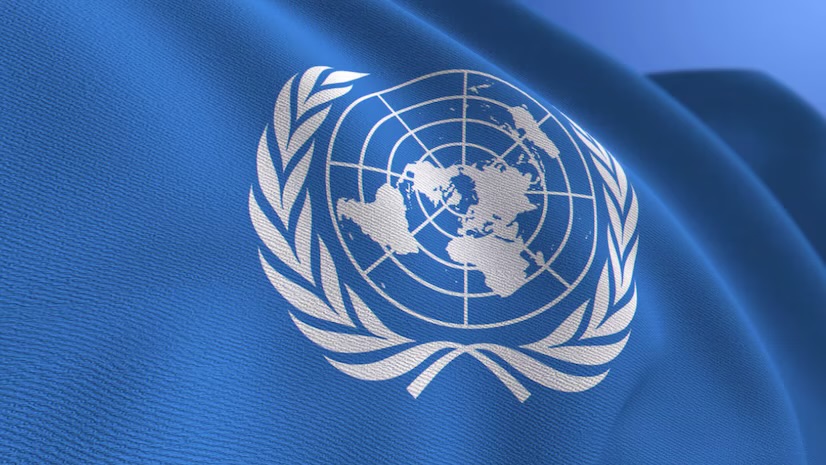


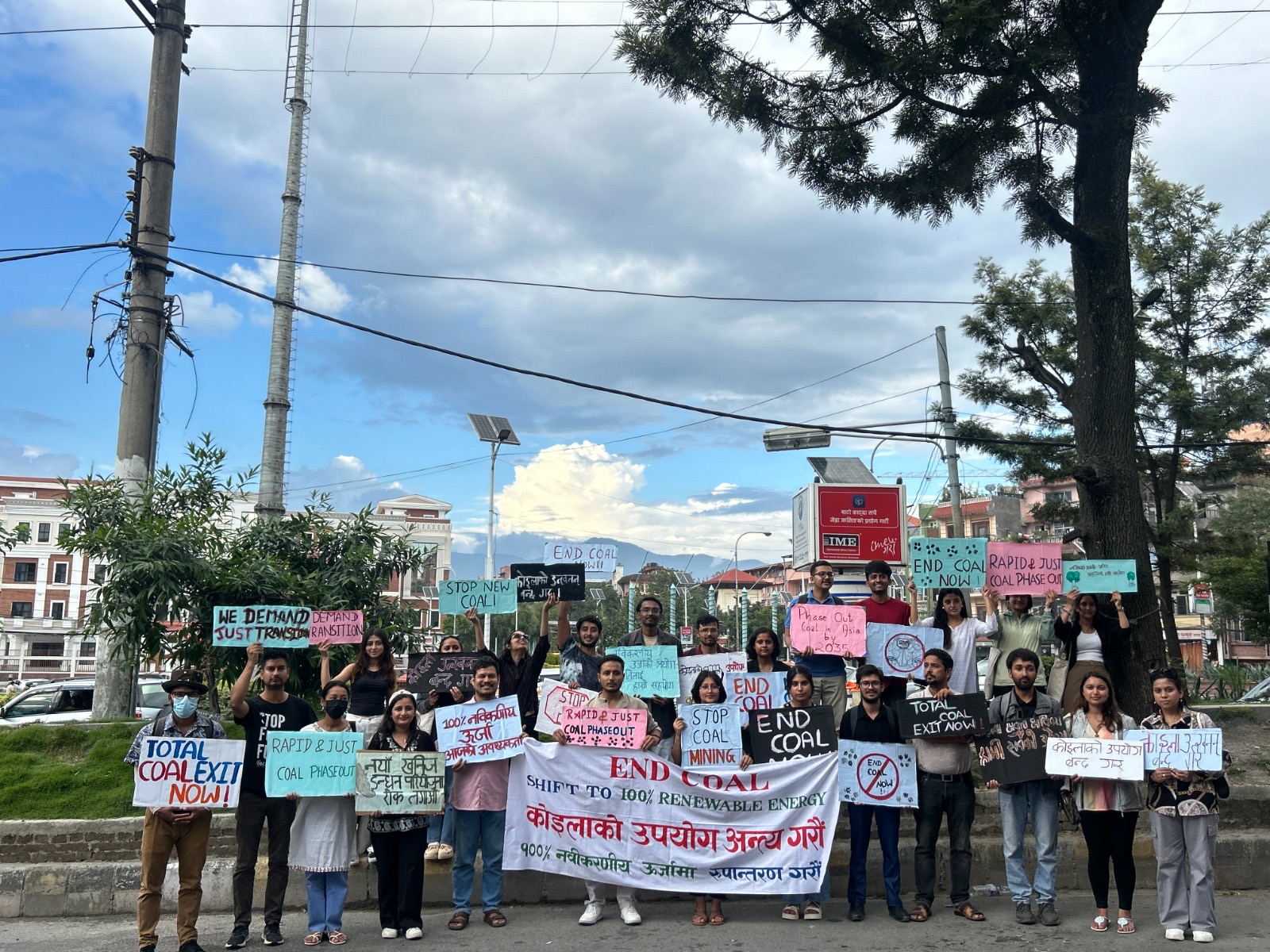



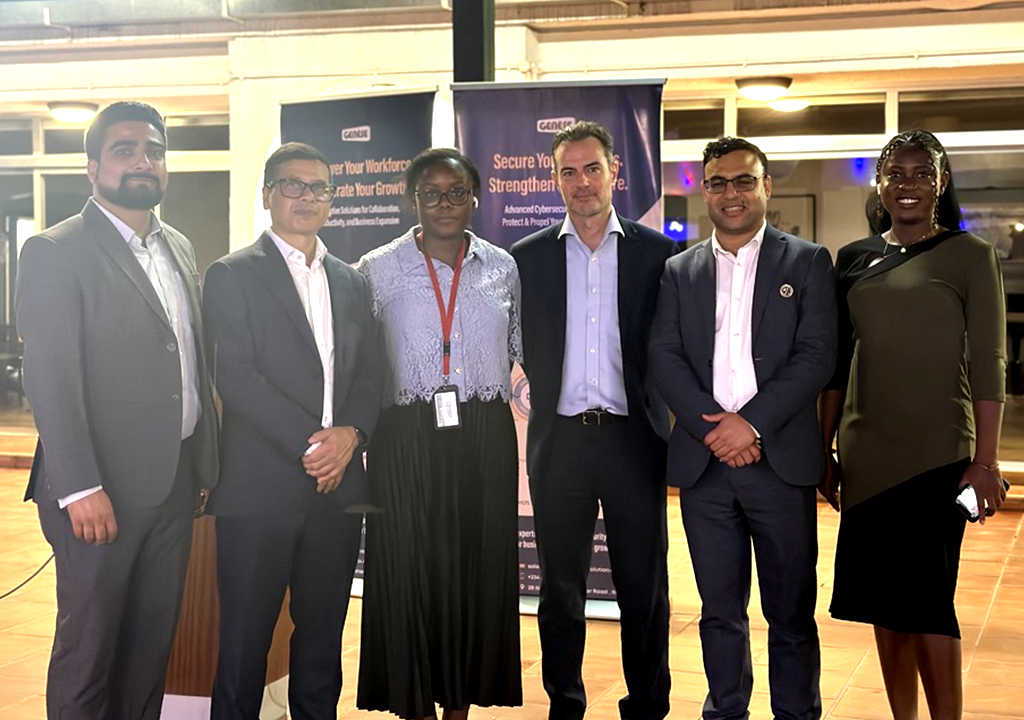
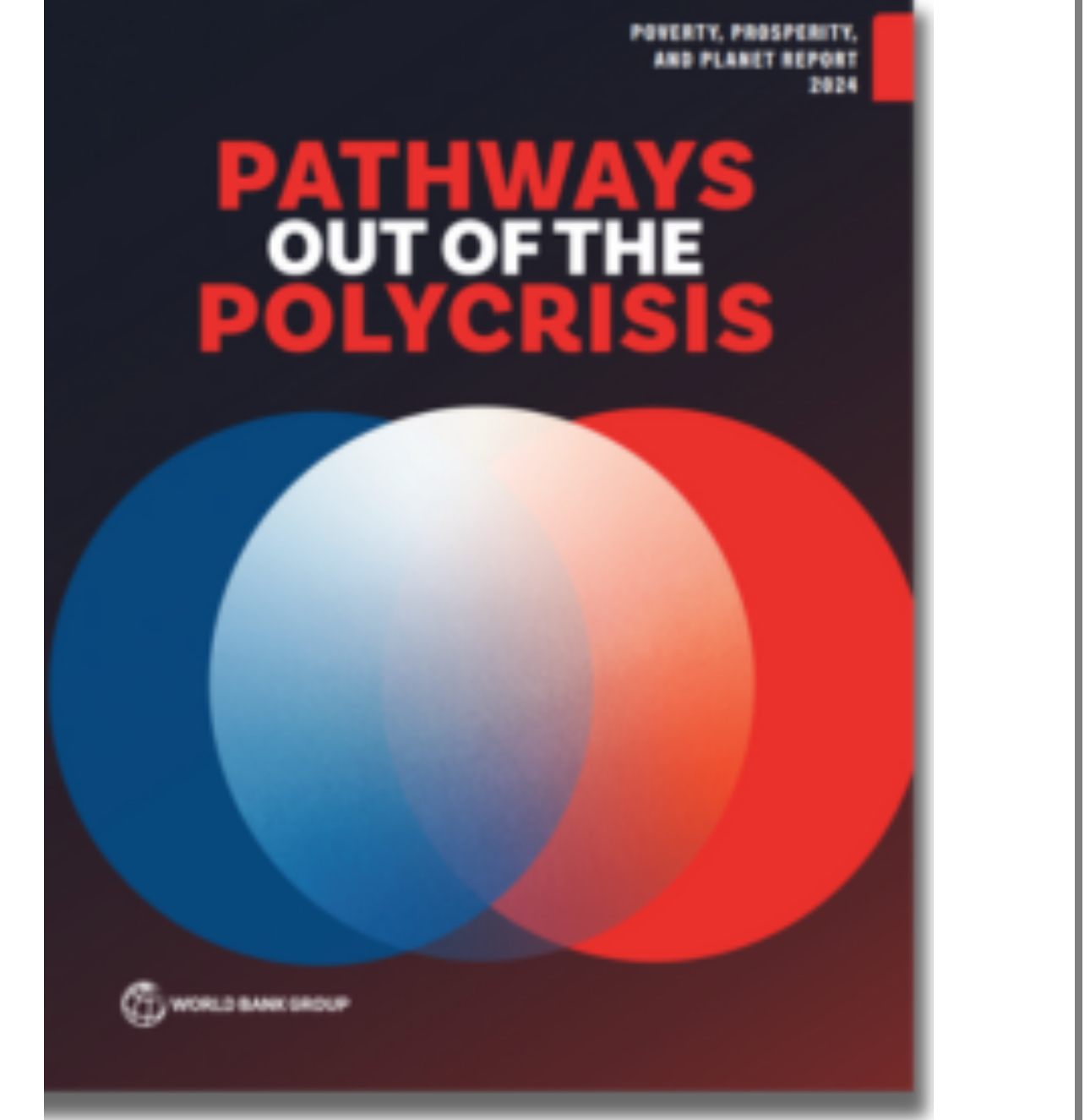
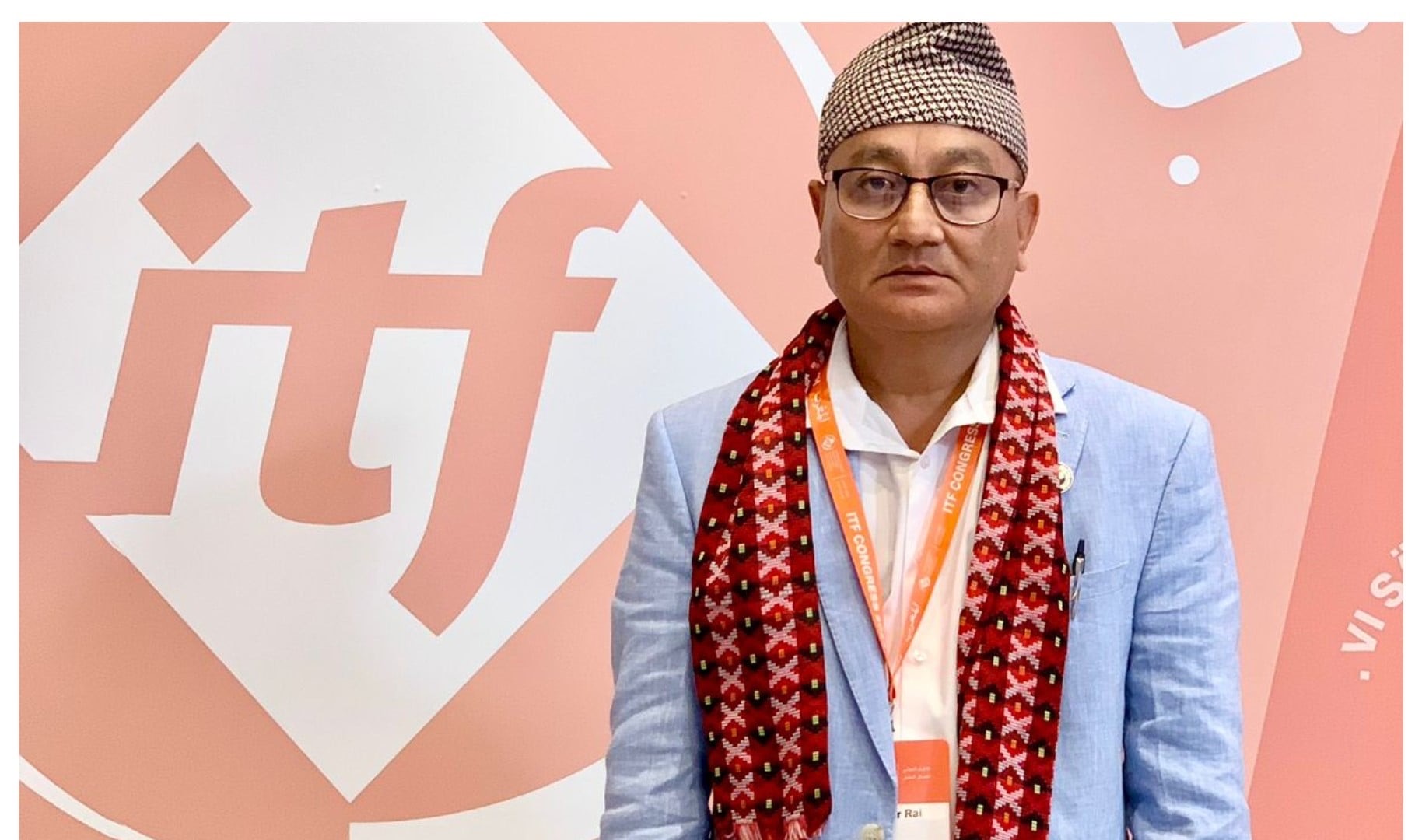



Facebook Comments